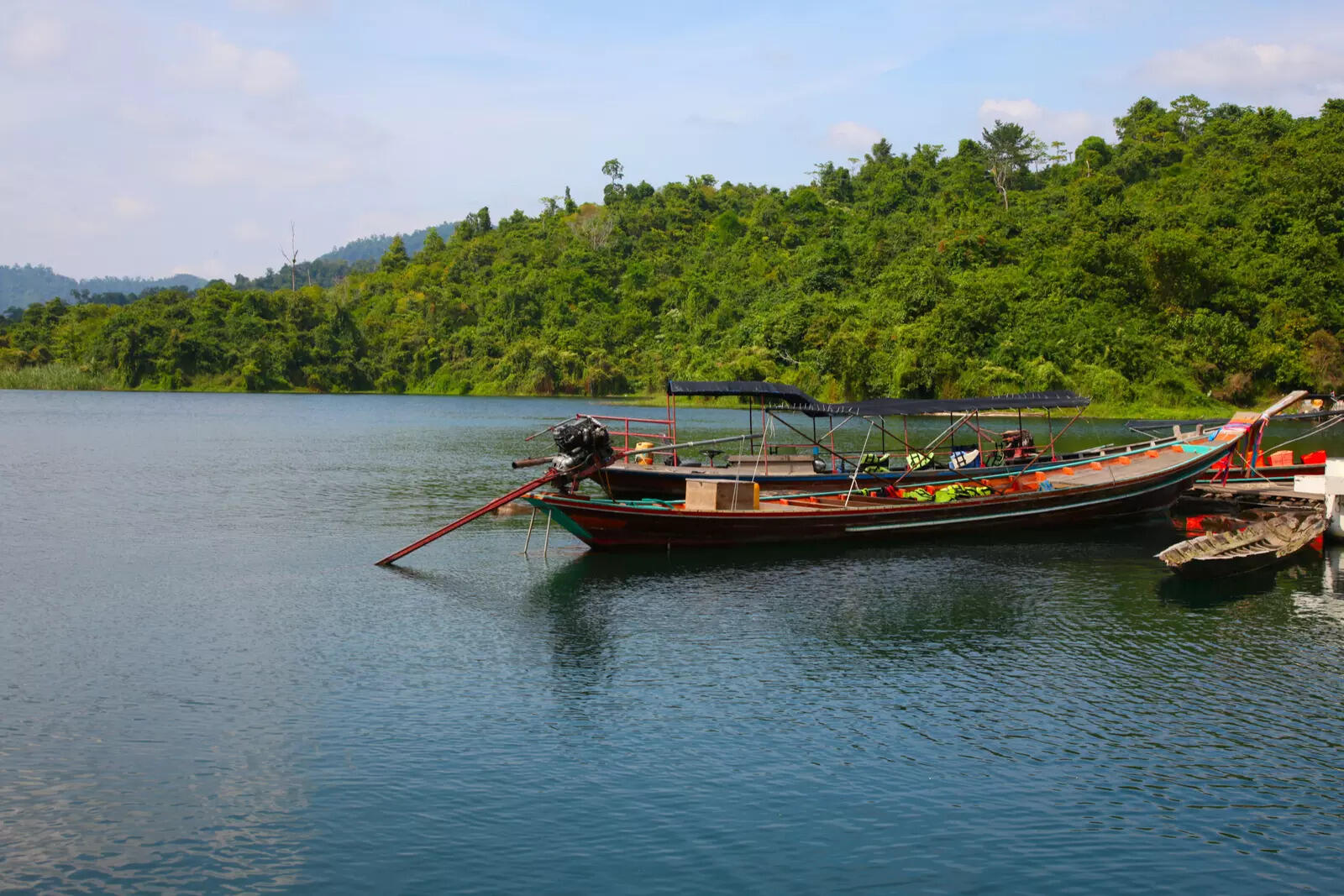Land Of Rivers: Which Country Holds This Name?
Bangladesh has earned the title “Land of Rivers” due to its incredible network of over 700 rivers that form the world’s largest delta. These rivers are more than just waterways, they shape the country’s geography, fuel its economy, and influence its culture. Across centuries, Bangladesh’s rivers have played a central role in agriculture, transport, and daily life, making the country one of the most river-rich nations on Earth.
Why Bangladesh is Known as the Land of Rivers
Bangladesh sits at the confluence of some of the globe’s mightiest rivers. The Ganges-Brahmaputra-Meghna (GBM) river system flows into the country after traversing the Himalayas, India, and Tibet. Together, these rivers create the world’s largest delta, spanning roughly 100,000 square kilometres. The fertile silt deposited by these rivers supports a highly productive agricultural system that sustains millions of people.
Major Rivers of Bangladesh
Padma River (Ganges): The Padma flows from India into central Bangladesh, providing vital water for farming, fishing, and trade. Its banks host numerous towns and villages, and the river plays a key role in the country’s cultural and economic life.
Jamuna River (Brahmaputra): The Jamuna is one of the widest rivers worldwide, stretching up to 11 kilometres in some areas. Its currents continuously shape the landscape, creating new islands and supporting agriculture through rich sediment deposits.
Meghna River : Flowing through eastern Bangladesh, the Meghna merges with the Padma before entering the Bay of Bengal. It is crucial for river transport, fishing, and industries reliant on freshwater.
Other Countries Known for Rivers
Russia: Russia has an extensive river network including the Volga, Ob, Lena, and Yenisei. These rivers support agriculture, transport, and hydroelectric power. Siberian rivers remain frozen for much of the year but release vast water volumes during thawing.
Canada: Canada boasts some of the world’s largest freshwater reserves. The Mackenzie, St. Lawrence, and Fraser rivers are vital for ecology, hydropower, and sustaining wildlife across the country’s vast wilderness.
Brazil: Dominated by the Amazon River, Brazil has the largest river system by discharge volume. The Amazon nourishes the world’s largest rainforest and serves as a critical transport network while sustaining unmatched biodiversity.
United States: Key rivers like the Mississippi, Missouri, Colorado, and Rio Grande have shaped U.S. agriculture, trade, and settlement patterns. The Mississippi River system forms a major drainage basin, while rivers in the western U.S. provide essential irrigation in arid regions.
Bangladesh’s claim as the Land of Rivers is well-earned, with its waterways supporting life, trade, and culture. When compared globally, it stands alongside river-rich nations like Russia, Canada, Brazil, and the United States, highlighting the critical role rivers play in shaping societies.

Why Bangladesh is Known as the Land of Rivers
Bangladesh sits at the confluence of some of the globe’s mightiest rivers. The Ganges-Brahmaputra-Meghna (GBM) river system flows into the country after traversing the Himalayas, India, and Tibet. Together, these rivers create the world’s largest delta, spanning roughly 100,000 square kilometres. The fertile silt deposited by these rivers supports a highly productive agricultural system that sustains millions of people.
Major Rivers of Bangladesh
Padma River (Ganges): The Padma flows from India into central Bangladesh, providing vital water for farming, fishing, and trade. Its banks host numerous towns and villages, and the river plays a key role in the country’s cultural and economic life.
Jamuna River (Brahmaputra): The Jamuna is one of the widest rivers worldwide, stretching up to 11 kilometres in some areas. Its currents continuously shape the landscape, creating new islands and supporting agriculture through rich sediment deposits.
Meghna River : Flowing through eastern Bangladesh, the Meghna merges with the Padma before entering the Bay of Bengal. It is crucial for river transport, fishing, and industries reliant on freshwater.
Other Countries Known for Rivers
Russia: Russia has an extensive river network including the Volga, Ob, Lena, and Yenisei. These rivers support agriculture, transport, and hydroelectric power. Siberian rivers remain frozen for much of the year but release vast water volumes during thawing.
Canada: Canada boasts some of the world’s largest freshwater reserves. The Mackenzie, St. Lawrence, and Fraser rivers are vital for ecology, hydropower, and sustaining wildlife across the country’s vast wilderness.
Brazil: Dominated by the Amazon River, Brazil has the largest river system by discharge volume. The Amazon nourishes the world’s largest rainforest and serves as a critical transport network while sustaining unmatched biodiversity.
United States: Key rivers like the Mississippi, Missouri, Colorado, and Rio Grande have shaped U.S. agriculture, trade, and settlement patterns. The Mississippi River system forms a major drainage basin, while rivers in the western U.S. provide essential irrigation in arid regions.
Bangladesh’s claim as the Land of Rivers is well-earned, with its waterways supporting life, trade, and culture. When compared globally, it stands alongside river-rich nations like Russia, Canada, Brazil, and the United States, highlighting the critical role rivers play in shaping societies.
Next Story